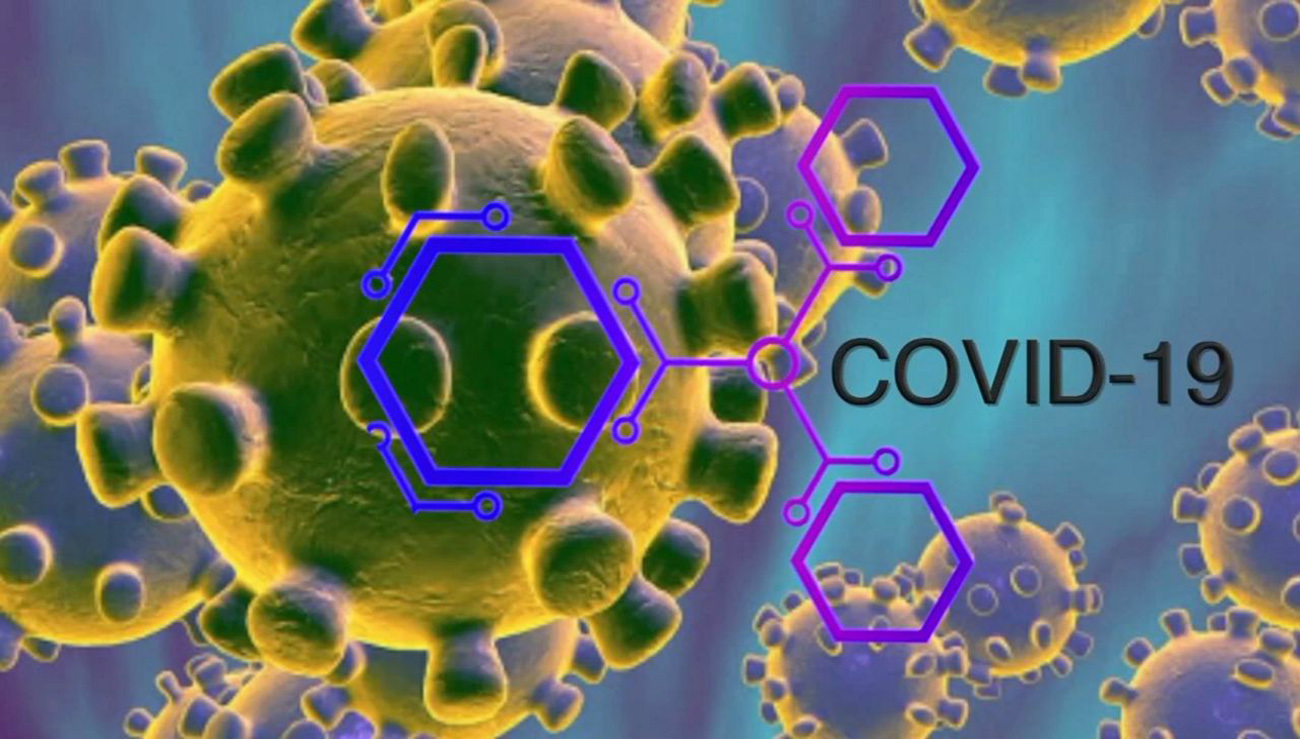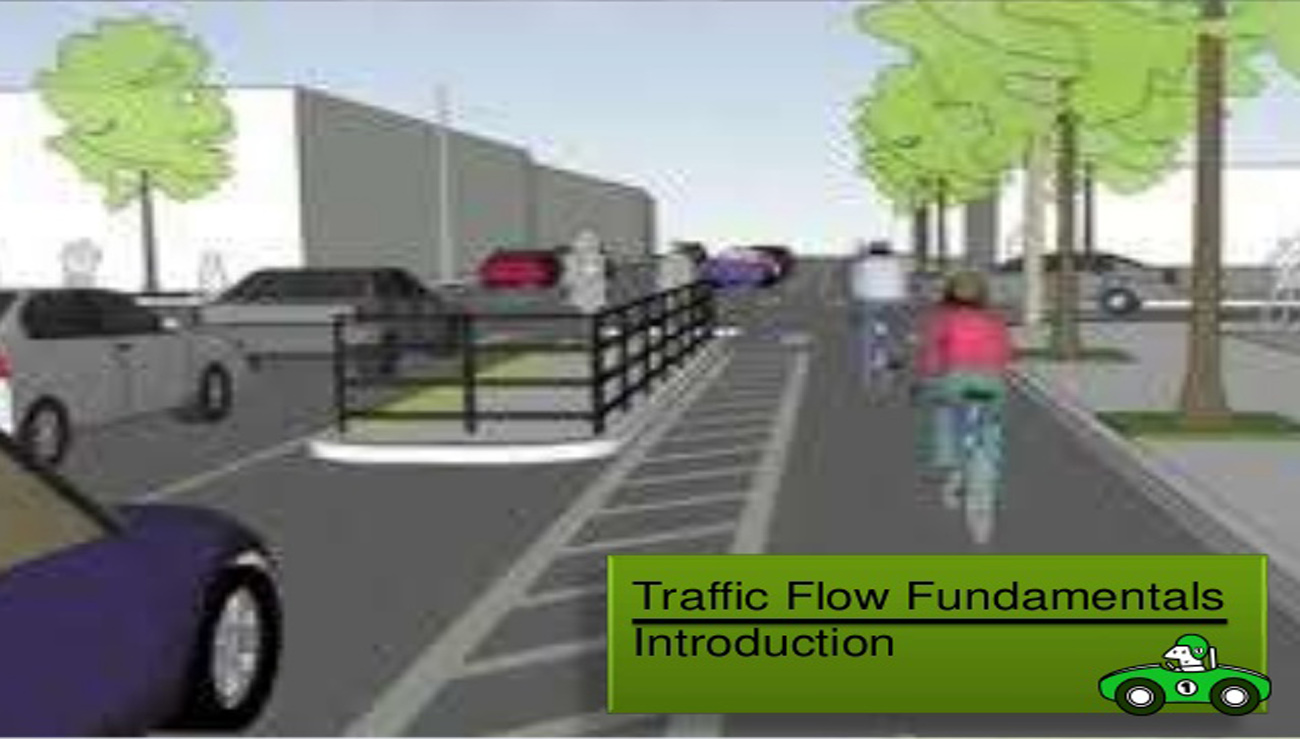
Quality Enhancement of Open and Distance Teacher Education through E-Learning 2.0
Abstract:
Quality of teacher education in the Open and Distance Learning (ODL) has been posing a question for pretty long time. Stakeholders at different levels have been working to design innovative strategies to raise the standard to meet the demands of the children. The open teacher education scenario is passing through a paradigm shift in respect of teaching –learning process and other related dimensions. Quality enhancement of teacher education via Open and Distance Learning can be possible by adopting creative use of technology which, by a large is interlinked to e-learning 2.0. E-learning 2.0 is the use of web 2.0 technologies in teaching-learning processes visa-a-visa blogs, wikis, RSS feeds and social networking sites etc. Design of e-pedagogy along with e-learning strategies paves a path to make learning free of social-political cultural barriers and thus enhances the quality of learning. This paper discusses various aspects of e-learning 2.0 strategies in the open and distance teacher education, role of e-learning 2.0 methods in improving the quality of education and latest e-learning 2.0 tools and its application in open and distance education, especially teacher education. It helps stakeholders to build a sound knowledge in e-learning 2.0 strategies and its application for the daily teaching-learning practices at all levels of open and distance teacher education.
Author(s):
C. Ajith Kumar, Assistant Professor, School of Education, IgNoU, New Delhi-110068
DOI:
Keywords:
References:
Alexander, Bryan. (2006). “Web 2.0:A New Wave of Innovation for Teaching and Learning?”.Educause,2006,http://www.educause.edu/ir/library/pdf/ERM0621.pdf.
Bartolomé, Antonio. (2008).“Web 2.0 and New Learning Paradigms”. eLearning Papers 8 (2008); http://www.elearningeuropa.info/files/media/media15529.pdf.
Bloom, Benjamin .,S.(1956).. Taxonomy of Educational objectives Allyn and Bacon, Boston, MA. Copyright (c) 1984 by Pearson Education.
Boubker, Sbihi. et al. (2010).“Towards a participatory E-learning 2.0 A new E-learning focused on learners and validation of the content” Retrieved fromInternational Journal on Computer Science and Engineering, Vol. 2(1), 2010, 1-7 on 23/01/2014.
Broubker Shibi et al. (2010),“Towards a Participatory E-learning 2.0”.A new E-learning focused on learners and validation of the content “,International Journal on Computer Science and Engineering, Vol(2)1,2010,1-7. Retrieved from http://www.enggjournals.com/ijcse/doc/IJCSE10-02-01-01.pdf.
Cobos, Ruth and Manoli Pifarré (2008).“Collaborative knowledge construction in the web supported by the KnowCat system”, Computers & Education50 (3) (2008).
Deal, Ashley (2007).“Podcasting. A Teaching with Technology White Paper”.Teaching with Technology, June, 2007; http://connect.educause.edu/files/CMU_Podcasting_Jun07.pdf.
Devis, I. (2005).“Web 2.0 and all that”. In Internet Alchemy. Retrieved from http://internetalchemy.org/2005/07/talis-Web-20-and-all-that.
Hargittai, E. and Walejko,g. (2008).“The Participation Divide: Content Creation and Sharing in the Digital Age”Information, Communication & Society 11(2) (2008).
Karrer, Tony.(2007)”Understanding E-Learning 2.0.”Learning Circuits July 7, 2007. Retrieved from http://www.astd.org/Publications/Newsletters/Learning-Circuits/LearningCircuitsArchives/2007/07/Understanding-E-Learning-20.
Lam, Ineke and Magda Ritzen (2008).“Tools and Pedagogies that Fit the Ne(x)t Generation of Students”.Proceedings of the EDEN Annual Conference, 2008, Lisbon, Portugal.
Laurillard, Diana, (2002), “Rethinking University Teaching: A Conversational Framework for the Effective Use of Learning Technologies”(2nd edition) (London: RoutledgeFalmer).
Mac Manus,R. (2007). “Read Write Mode”, In Read/Write Web. Retrieved from http://www.readwriteweb.com/archives/002645.php.
McLester, Susan. (2007). “Technology Literacy and the MySpace Generation: They’re Not Asking Permission”, Technology & Learning, 27 (2007).
Miller, P.(2005). “Web 2.0: Building the New Library”.[online].Retrieved from http://www.ariadne.ac.uk/issue45/miller.
OECD. (2005). “E-learning in tertiary education: Where do we stand?” Paris: OECD.
Pedró, Francesc (2006).“The new Millennium Learners: Challenging our Views on ICT and Learning”.oECD-CERI, 2006. Retrieved from http://www.oecd.org/dataoecd/1/1/38358359.pdf.
Stemmer, Helmut and Erika Hummer (2007).“E-Learning – A Driving Force for an Innovative Education: Three Austrian Best Practice Examples”. Proceedings of the EDEN Annual Conference, 2007, Naples, Italy




